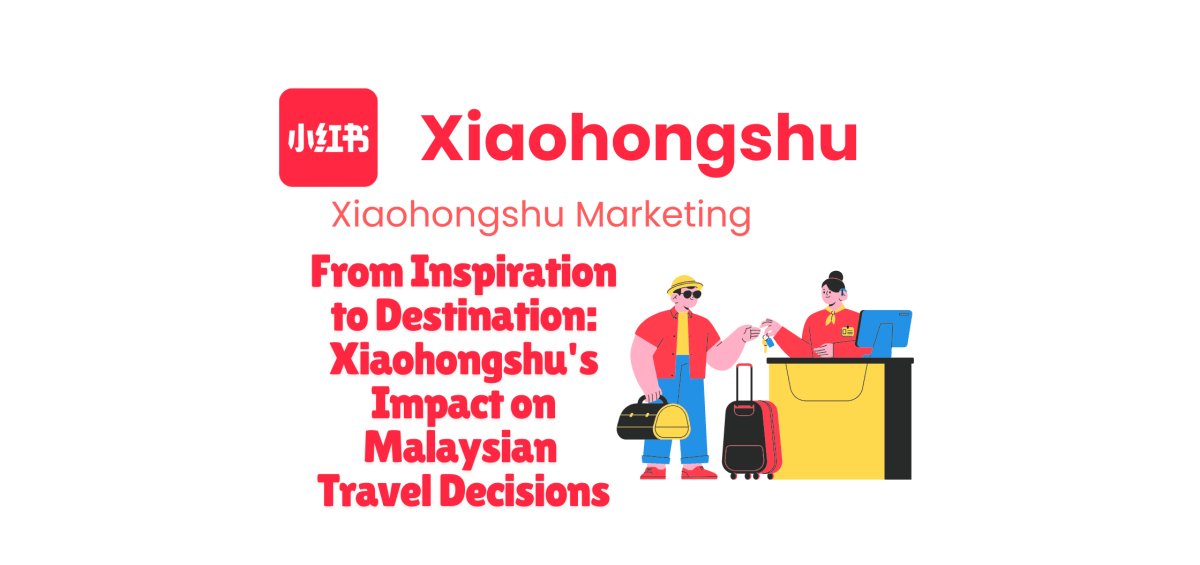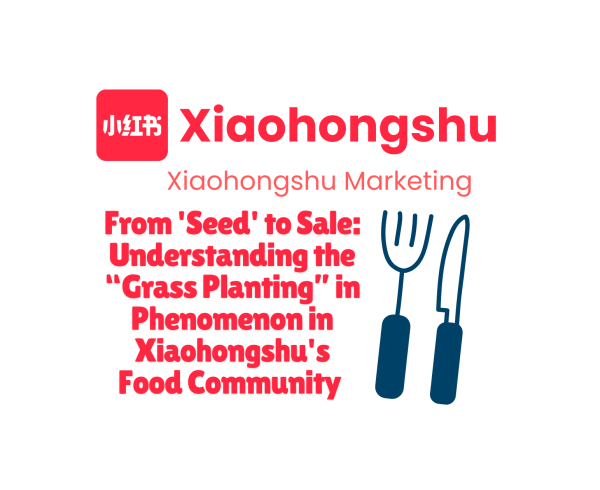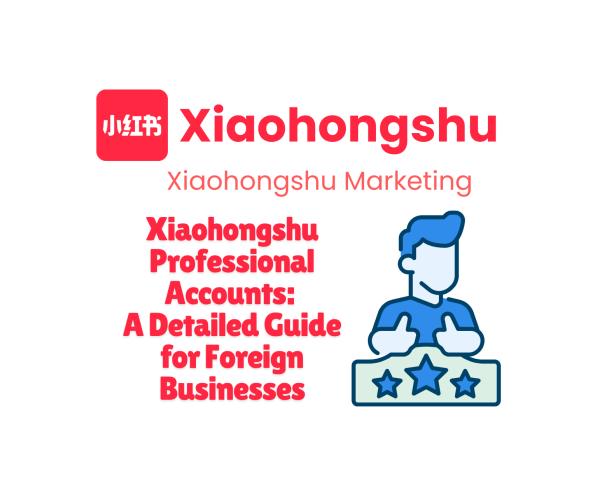In recent years, a unique social commerce platform has taken China by storm and is now making waves in Southeast Asian markets, including Malaysia. This platform is Xiaohongshu, or “Little Red Book,” and its impact extends far beyond simple e-commerce. From influencing purchase decisions to shaping travel choices, Xiaohongshu has become a digital powerhouse that’s reshaping the online ecosystem, with implications for Malaysian consumers and businesses alike.
As Xiaohongshu (Little Red Book) continues to gain popularity in Malaysia, its influence is extending beyond shopping and into the realm of travel planning. This article explores how Xiaohongshu is shaping the travel decisions of Malaysian users, particularly young adults, and what this means for the local tourism industry.
Xiaohongshu as a Travel Resource
While Xiaohongshu started as a platform for sharing shopping experiences, it has evolved into a comprehensive lifestyle app, with travel being a significant component. For Malaysian users, Xiaohongshu offers:
- Visual Inspiration: High-quality photos and videos of destinations, particularly in China and other Asian countries.
- Detailed Travel Guides: User-generated itineraries and tips for various destinations.
- Authentic Reviews: Real experiences shared by travelers, often perceived as more trustworthy than official tourist information.
- Cultural Insights: For Malaysian Chinese users, in particular, Xiaohongshu offers valuable insights into current trends and lifestyle in China.
Key Findings from Malaysian Research
A study by from Universiti Tunku Abdul Rahman examined how Xiaohongshu influences the travel decisions of Malaysian young adults aged 18-26. Key findings include:
– 84% consider Xiaohongshu their primary source of information before making travel-related purchases
– 55% of participants use Xiaohongshu daily, often browsing travel content
– Users gave high marks to the timeliness of travel information on Xiaohongshu, with average scores above 4 out of 5
– Visual appeal of content received very positive feedback, with average scores above 4 out of 5
How Xiaohongshu Influences Malaysian Travel Decisions
- Destination Discovery: Malaysian users often discover new travel destinations through visually appealing content on Xiaohongshu.
- Itinerary Planning: Detailed user-generated travel guides help Malaysians plan their trips, especially to Chinese cities and other Asian destinations.
- Accommodation and Dining Choices: Reviews and photos of hotels and restaurants influence where Malaysian travelers choose to stay and eat.
- Shopping Guidance: Given Xiaohongshu’s roots in shopping, it’s a valuable resource for Malaysians looking for shopping recommendations in their travel destinations.
- Cultural Preparation: For trips to China, Xiaohongshu helps Malaysian travelers understand current trends, etiquette, and cultural nuances.
Popular Travel Content for Malaysian Users
Based on engagement patterns, Malaysian users show high interest in:
- Scenic Destinations: Natural landscapes and picturesque cities receive high engagement.
- Food and Culinary Experiences: Posts about local cuisines and unique dining experiences are popular.
- Shopping Districts: Information about shopping areas, particularly in Chinese cities, attracts Malaysian users.
- Cultural Attractions: Content featuring historical sites, museums, and cultural events garners significant interest.
- Practical Tips: Posts offering advice on transportation, language, and local customs are valued by Malaysian travelers.
Impact on Malaysia’s Tourism Industry
Xiaohongshu’s influence on travel decisions presents both opportunities and challenges for Malaysia’s tourism sector:
Opportunities:
- Attracting Chinese Tourists: Malaysian tourism businesses can use Xiaohongshu to showcase their offerings to potential Chinese visitors.
- Promoting Lesser-Known Destinations: Xiaohongshu’s visual focus can help highlight Malaysia’s hidden gems to both domestic and international audiences.
- Targeting Young Travelers: The platform’s popularity among young adults makes it an effective channel for reaching this key demographic.
Challenges:
- Competition with International Destinations: Malaysian destinations must compete for attention with popular international locations featured on Xiaohongshu.
- Managing Expectations: The highly curated nature of content on Xiaohongshu may create unrealistic expectations among travelers.
- Language and Cultural Barriers: Much of the content is in Mandarin, potentially limiting its impact on non-Chinese speaking Malaysians.
Case Study: Penang’s Food Scene on Xiaohongshu
Let’s consider a hypothetical case study of how Penang, known for its vibrant food scene, leveraged Xiaohongshu:
The Penang Tourism Board collaborated with Malaysian Chinese influencers on Xiaohongshu to create a series of visually stunning posts showcasing Penang’s street food, heritage buildings, and beaches. These influencers shared detailed food guides, highlighting both famous stalls and hidden gems.
The campaign resulted in a surge of interest from Chinese tourists and Malaysian domestic travelers. Local businesses reported an increase in visitors mentioning Xiaohongshu as their source of information. The user-generated content created by these visitors further amplified Penang’s visibility on the platform.






